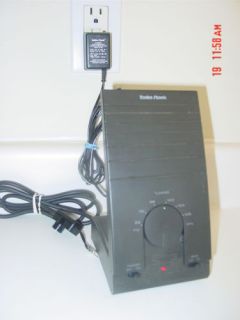
Over the past year Mizelle has provided a unique perspective about the DTV transition, blogging about preparing his TV station for all digital broadcasts.ĭespite the seemingly endless public service announcements warning viewers that they might be at risk of losing broadcast television signals after the June 12 transition, the vast majority of viewers will not be affected since most homes receive signals from cable and satellite subscription services.

The lower the channel the easier it is to receive the broadcast signal because lower frequencies travel further distances while using less energy."

It’s good for the consumer because it lowers the locations of all the channel numbers. "All the channels above 51 are going to be used for those purposes. "That’s the whole reason behind the new channel,” said Russell Mizelle, chief engineer for NBC affiliate WNCN in Raleigh, N.C. DTV may even improve citizens' safety by using the newly freed-up parts of the spectrum to improve communication systems for emergency responders, police and fire departments. While the transition away from analog to DTV means older TV sets won't work without special conversion boxes, the digital signal offers a host of benefits including crisper reception, additional programming content on sub-channels and even reductions in the amount of energy required to transmit signals. Since digital signals are very efficient and require much less of the broadcast spectrum than analog signals need to deliver the same amount of information, switching to all digital signals frees up much of the spectrum for a multitude of new uses. Analog delivers information via a continuous signal that varies in amplitude and frequency. Digital transmits everything in binary code - a string of 1s and 0s - and that signal is decoded by the receiving television into audio and video. The main difference between analog and digital television signals is how the actual content is transmitted by the broadcast signal.

WASHINGTON - As broadcasters nationwide complete the transition to digital television, most viewers don't understand the difference between analog and digital transmission signals - besides maybe adding a converter box to their television.


 0 kommentar(er)
0 kommentar(er)
